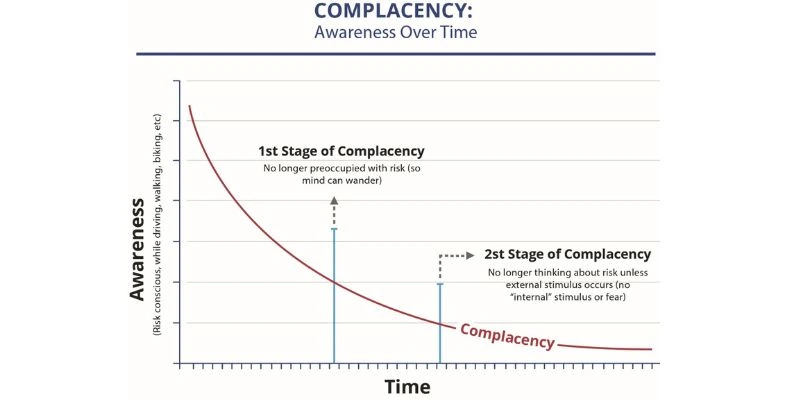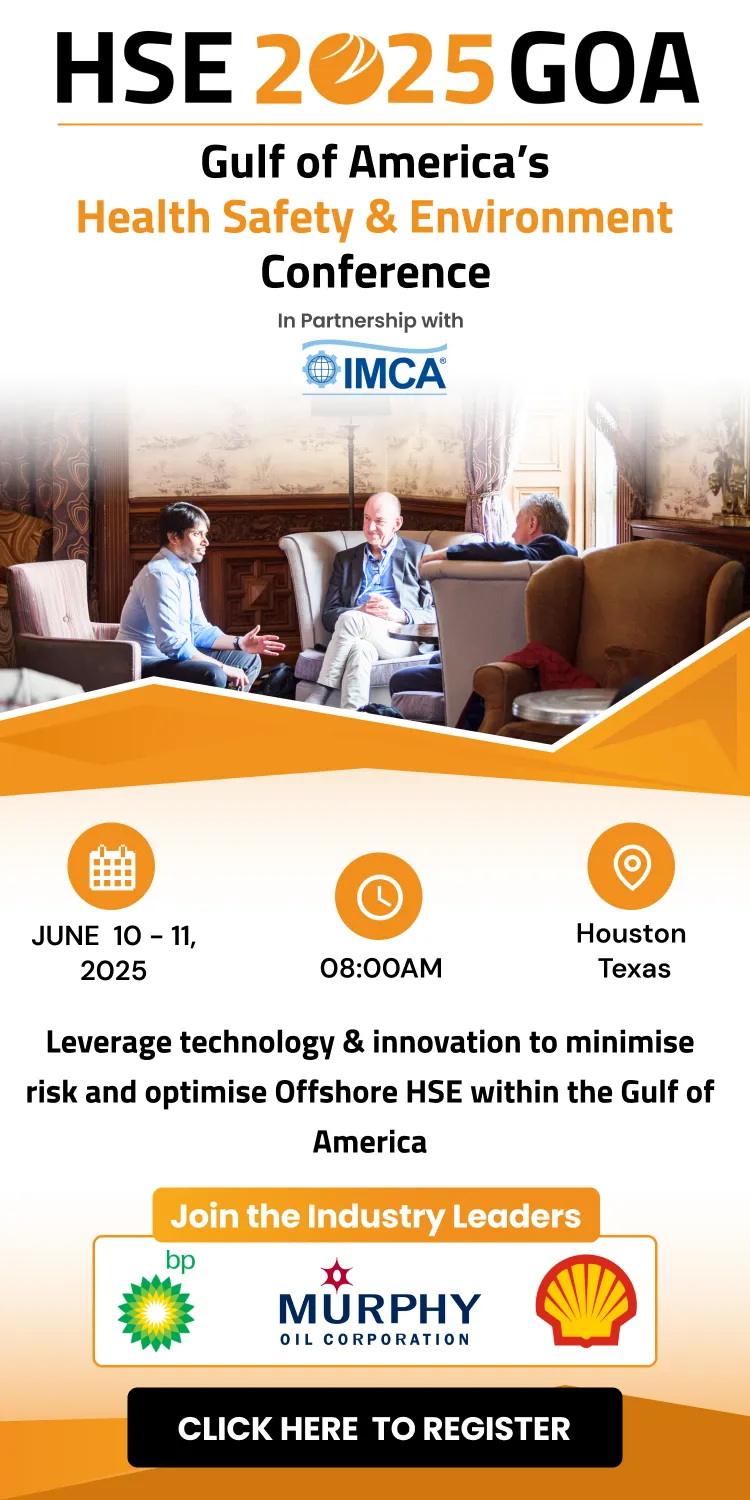Larry Wilson, Author and CEO, SafeStart, emphasises the critical importance of identifying "when" we're most vulnerable to complacency and critical errors. Read on:
As we keep exploring the series Paradigm Shifts in Safety, we’re excited for you to check out the eighth article in this 12-part series.
Lots of ground covered so far: hazardous energy and movement, three sources of unexpected events (over 95% in the Self-Area), the counter-intuitive nature of dangerous activities vs. actual outcomes and then why: because when both our eyes and mind are not on task, for that moment, we are defenseless.
So as mentioned in an earlier article, it’s not that we are totally defenseless, it’s that from time to time, we are “momentarily defenseless”. which is why you hear so many people talking about car wrecks or serious injuries, saying that I really wasn’t doing anything wrong, I wasn’t really speeding or rushing. Okay, I was a bit tired and I was thinking about a problem at work, or home, or whatever… and then (car wreck, bad fall, serious cut, blown knee, concussion, etc.).
So, figuring out “when”, becomes the crux of the matter. Unless we know when those moments will happen, knowing why we get hurt badly (eyes and mind not on task/no reflex) won’t help to prevent the next one. So, figuring out the “when” part is the key. And unfortunately, for so many years, the focus has been on “what” the people were doing and how much hazardous energy they were dealing with (which is important) but not, which is the main paradigm shift here, not nearly as important as figuring out when.
When will you or me or the next guy in line— when will we be most likely to make both critical errors at the same time—where there is also a significant amount of hazardous energy involved?
Well… it will likely be doing something that you have been doing for a while, because at the beginning of any activity where there is a fair bit of hazardous energy and the potential for injury – “awareness“ or “eyes and mind on task” – is very high (see Figure #1).

During this first period with an activity or skill it is possible and normally quite natural to self-trigger or to be able to self-trigger on the amount of hazardous energy. And as a result, it’s easy to stay focused. It may even seem, at least when you first start out, that it would be impossible to become complacent.
However, as we all know, the initial fear rarely lasts forever. And over a period of time, depending on the activity or skill required, we come to the first stage of complacency. This is where the fear or skill is no longer pre-occupying.
And as mentioned in previous articles, we don’t give our minds permission to wander. It happens without our permission or without making a decision to think about something else (Figure #1). So even if you don’t have anything else you need to think about or want to think about, your mind can still drift away.
But if you’re rushing, chances are it’s for a reason. It might be because you want to get there early. More likely, it’s because you don’t want to be late. Either way, that’s what most people think about when they’re rushing—not what is the risk in the moment – right now (driving really fast on a city street). And if the consequences for being late are going to be really bad (late for meeting at work)…
Click here for the full article and to learn why understanding when moments of vulnerability occur is key to prevention, not just focusing on what we’re doing. Discover how to shift your perspective and enhance your safety strategies: https://ae.safestart.com/paradigm-shifts/8-the-complacency-continuum-and-when-vs-what/










